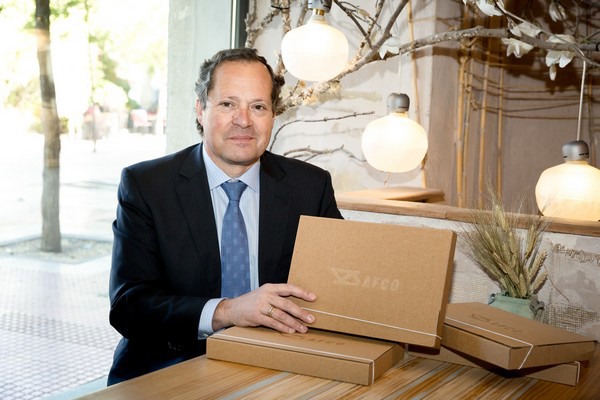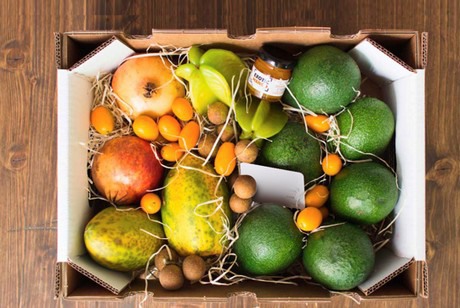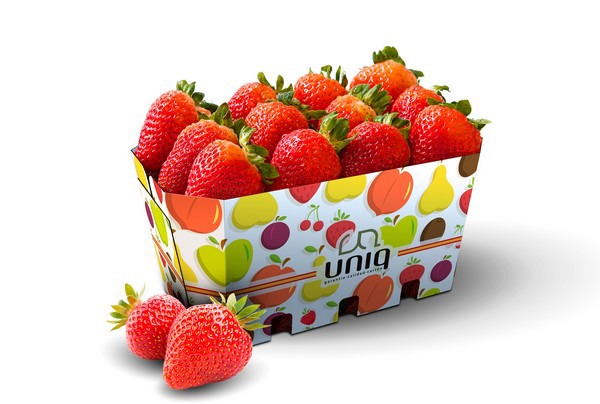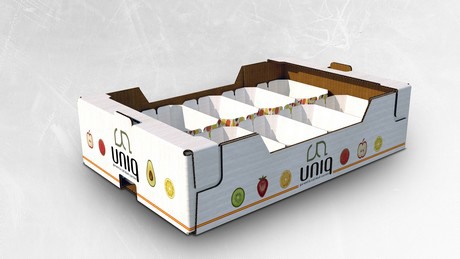According to the study 'Packaging formats and materials: perception from society', carried out by the Spanish Association of Corrugated Cardboard Packaging Manufacturers (AFCO), cardboard is the highest rated packaging material by Spanish consumers, with the most commonly used being cardboard, plastic and wood. The conclusions of the study show that 75.2% of Spanish consumers prefer to purchase products in cardboard packaging, compared to only 11% who choose plastic.

Leopoldo Santorromán, president of AFCO, says that “of the total cardboard production in Spain, 15% is used for fresh fruits and vegetables. And this figure could grow. We are leaders in the domestic and the export markets.”
In the last two or three years, plastic has started to be demonized by consumers in many western countries. Given this environmental awareness, cardboard has become more popular. "It seems as if sustainability in packaging is a novelty, but the truth is that the paper and cardboard sector has been committed to sustainability and the circular economy since its inception," says Leopoldo Santorromán.
“Cardboard is a product from nature and goes back to it,” he explains, adding that “cardboard comes from a renewable, recyclable and biodegradable raw material. We plant trees, from which we obtain fiber for papermaking. With this virgin fiber paper, and also with recycled one, we manufacture the cardboard with which we make the boxes. After these are used, they are back in the circuit thanks to recycling.”

Addressing the debate on whether to choose recyclable cardboard containers or reusable plastic containers, Santorromán stresses that “both the environmental impact and the economic costs associated with their complete life cycles are significantly lower for the cardboard container than for the reusable plastic.”
“Cardboard and paper are presented as a good alternative, now that plastic has been put in the spotlight by consumers, but it will not be possible to replace plastic in all cases. As regards the packaging of fruits and vegetables, new cardboard solutions are being developed, like trays and containers. There are formats, such as red fruit or table grape tubs, for which using cardboard isn't easy, but we have already started research and innovation programs to achieve some results in the medium and long-term. The first cardboard containers with a UNIQ quality seal are already on the market, and other new models, both open and closable, will arrive soon,” says the president of AFCO. "For now, some plastic and cardboard formats will have to coexist."

Although some exporters have reported that cardboard packaging could lose competitiveness in long-distance travel with refrigerated transport, Leopoldo Santorromán says that “if the rules and quality standards of the UNIQ seal are met, the cardboard box will be perfectly adequate. The key is to choose the right packaging, depending on the product, the weight, the humidity and temperature conditions, and the distance to which it will be shipped. If the box is sealed with UNIQ, its good performance is guaranteed. Furthermore, over long distances, cardboard containers can be recycled at destination, while reusable plastic has to be returned, with the consequent extra shipping and sanitation costs.”

According to Leopoldo Santorromán, cardboard also has two other important advantages. “Firstly, the safety and hygiene entailed in the fact that each fresh product is placed in a new cardboard box, thereby avoiding the risk of contamination from previous uses. Secondly, its capacity to be printed. Cardboard boxes offer a better presentation, since their printing allows customization, which is a marketing tool for brands that makes it possible to convey information. This results in a better consumer shopping experience and the boosting of sales."
For more information:
Joaquín Fernández
UNIQ/ AFCO
M: +34 670761992
joaquin.fernandez@paaspoint.com
www.grupouniq.com
www.afco.es
